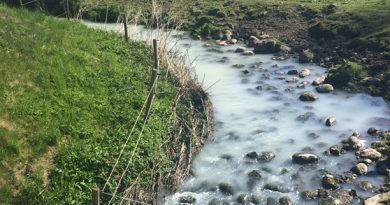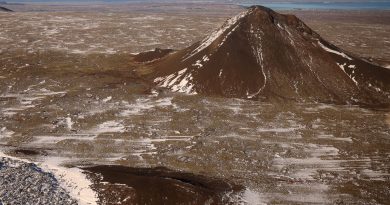Floating nuclear power plant leaves Murmansk for Russia’s eastern Arctic
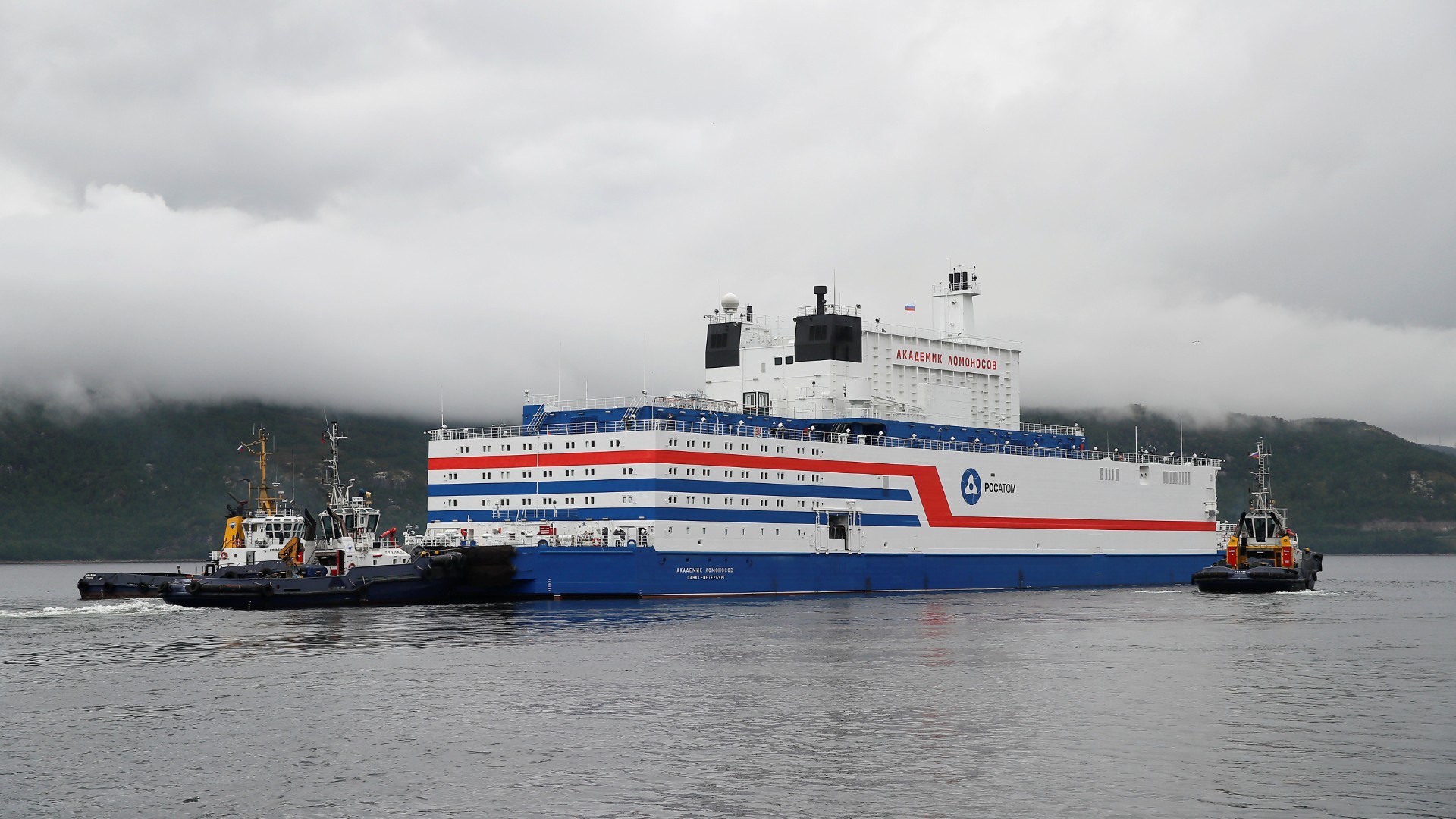
Tugs start towing floating nuclear power plant across the Northern Sea Route from Murmansk to Chukotka in what is just the new beginning of a massive investment in new reactors for civilian and military purposes in the Russian Arctic.
After a year with reactors testing, painting and crew-training at Rosatomflot’s base in the Kola Bay, the Akademik Lomonosov today started the voyage towards her designated port in the Far East of Siberia.
Towing of the barge with two nuclear reactors fueled with uranium will take weeks. The route goes 4,700 km across the Barents- and Kara Seas, through the Laptev Sea and further east to Pevek, one of the remotest port-towns on the planet.
Late August and September is the period with least sea ice.
In Murmansk the event was marked with big festivities. Russia’s first floating nuclear power plant, that has been under construction since 2007, is a prestigious showcase for Rosatom, the state nuclear corporation.
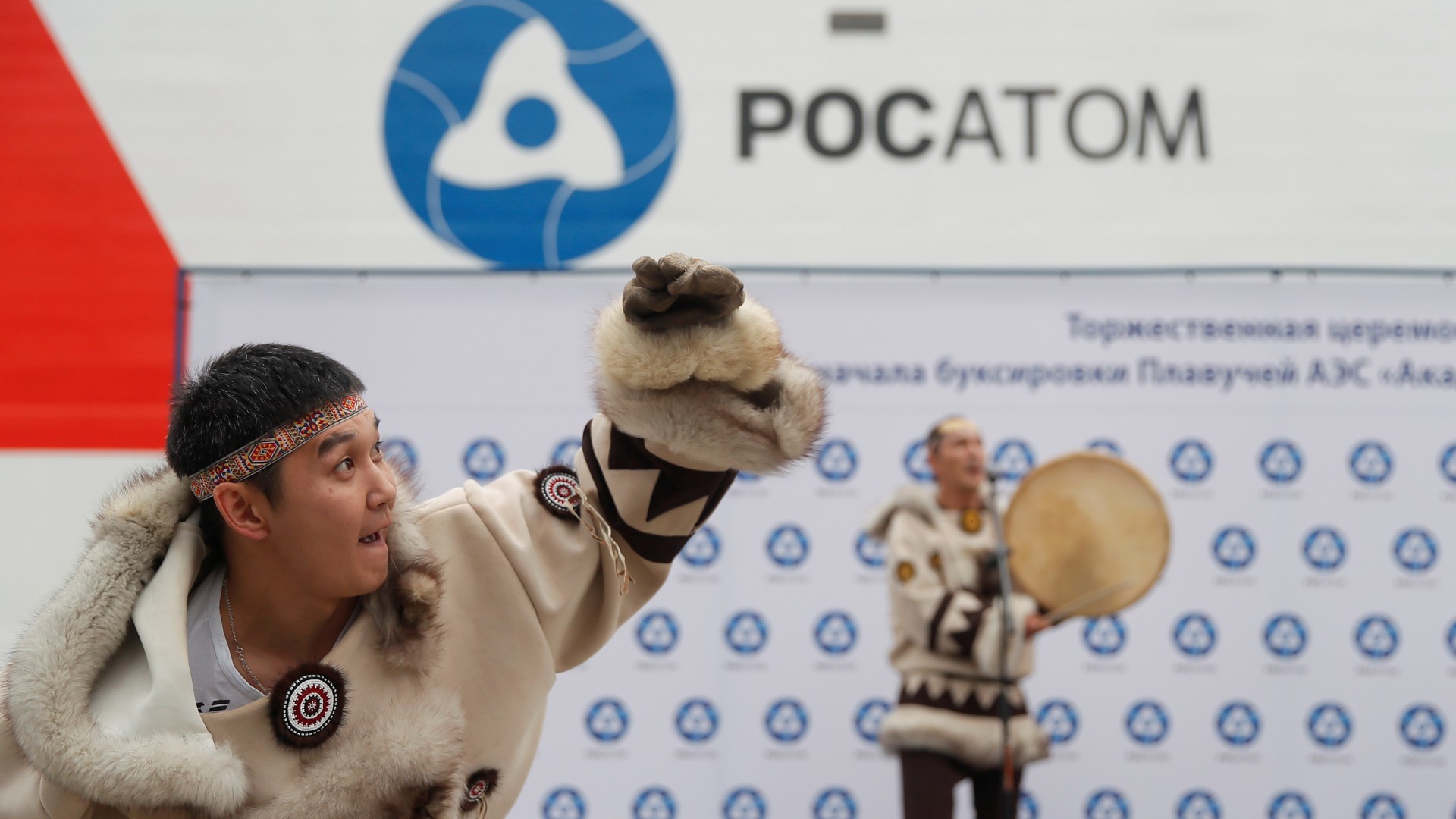
Hoping to sell or lease similar concepts of nuclear-power units to other countries, Rosatom argues it is easy to move, safety is good, electricity costs are low and it produces energy without emitting climate gasses.
Russia isn’t first to launch a floating nuclear power plant. In the period from 1968 to 1975, the U.S. operated the MH-1A, a rebuilt ship, to produce electricity in Panama.
China is also pushing forward a plan that could include as many as 20 floating nuclear plants over the next decade, Bloomberg recently reported.
Showcase model
Greenpeace describes the project as a “nuclear Titanic” or a “Chernobyl on ice”.
“We are sure it has been built not to cover the needs of Chukotka, but as a working model for possible foreign customers,” says Rashid Alimov, nuclear campaigner with Greenpeace in Moscow to the Barents Observer.
“We think floating nuclear plants are simply a too risky and too expensive way of producing electricity.”
Alimov says it is of special concern that Rosatom, by planning to sell or lease such floating plants, will broaden the number of countries utilizing nuclear energy without having any experience with radiation safety or having independent nuclear regulators.
Rosatom dismisses pure safety claims. “The Floating Nuclear Power Plant (FNPP) is designed with a large margin of safety to counter external threats,” a press release reads.
The state company says the 70 MW plant is capable of producing energy enough for a city of 100,000 people.
Rosatom points to island states as possible customers, additional to the Russian Arctic. Work is already underway for the 2nd generation FNPPs. It will be smaller and equipped with two 50 MW RITM-200M reactors, a modified version of the reactors to be used onboard Russia’s Project 22200 nuclear-powered icebreakers. The first of five icebreakers in the class will be delivered next year, but Rosatom does not give any time-frame for construction of new FNPPs.
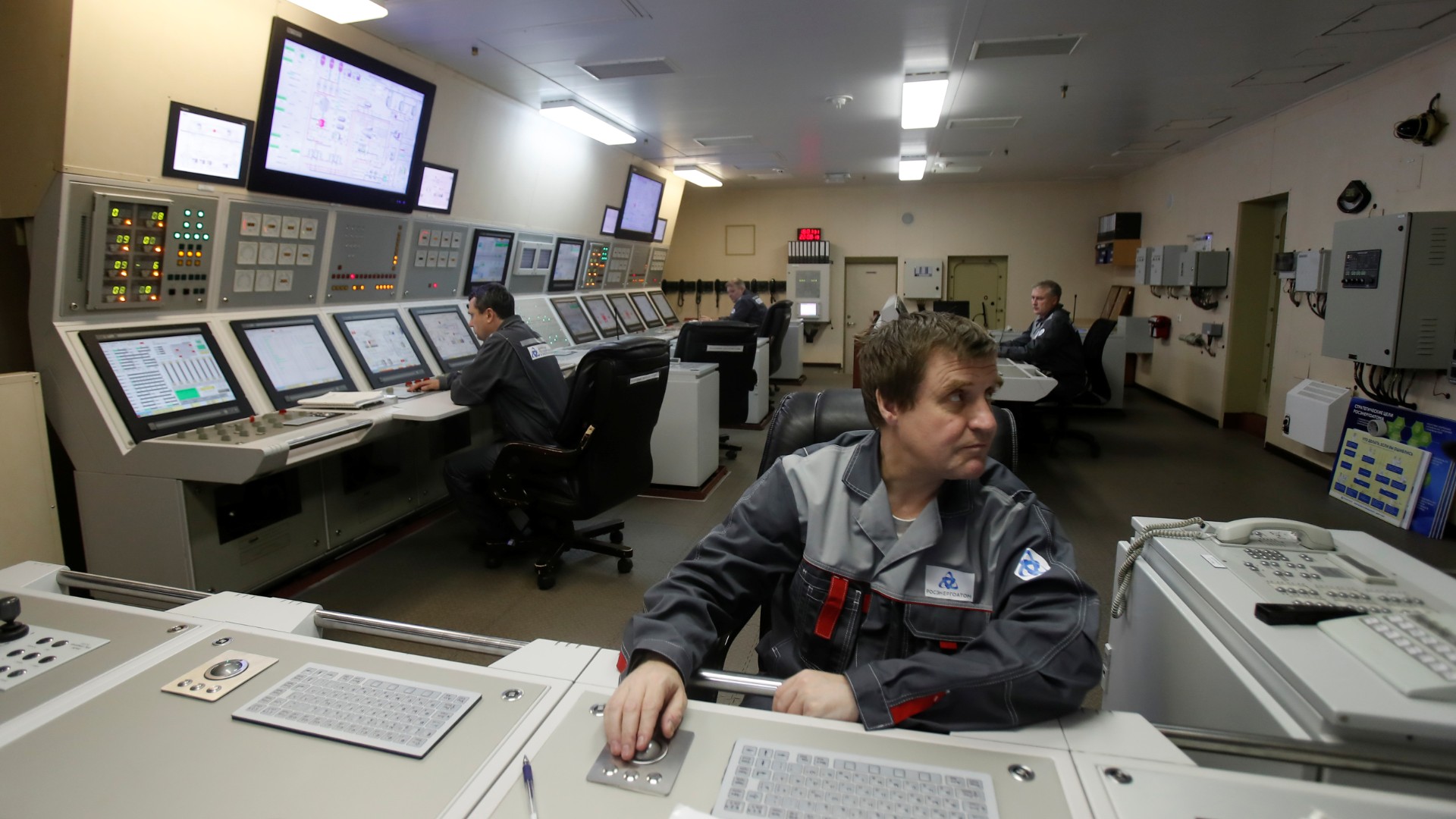
Meanwhile, Akademik Lomonosov and its two KLT40S reactors will provide heat and electricity to Pevek for the next 12 years. Then, it has to be towed back either to Rosatomflot’s base in Murmansk, or to a shipyard like in Severodvinsk for unloading the spent nuclear fuel and carry out other maintenance work.
“After 12 years the plant will have four sets of highly radioactive spent nuclear fuel onboard, and any incident involving this fuel might have serious impact on people and the environment,” says Rashid Alimov.
“The fragile Arctic environment is at stake,” he claims.
A well-established practice
In Murmansk, nuclear safety expert Andrey Zolotkov with the environmental group Bellona says there are no big reasons to be concerned about the handling of spent nuclear fuel if the plant will be towed back to Rosatomflot’s base.
“Handling of spent nuclear fuel through the Atomflot base is already an established practice, including further transport with railway to [the reprocessing plant] Mayak,” he tells in a Skype interview with the Barents Observer.
“We have no other place where appropriate safety of nuclear hazardous operations can be ensured,” Zolotkov says.
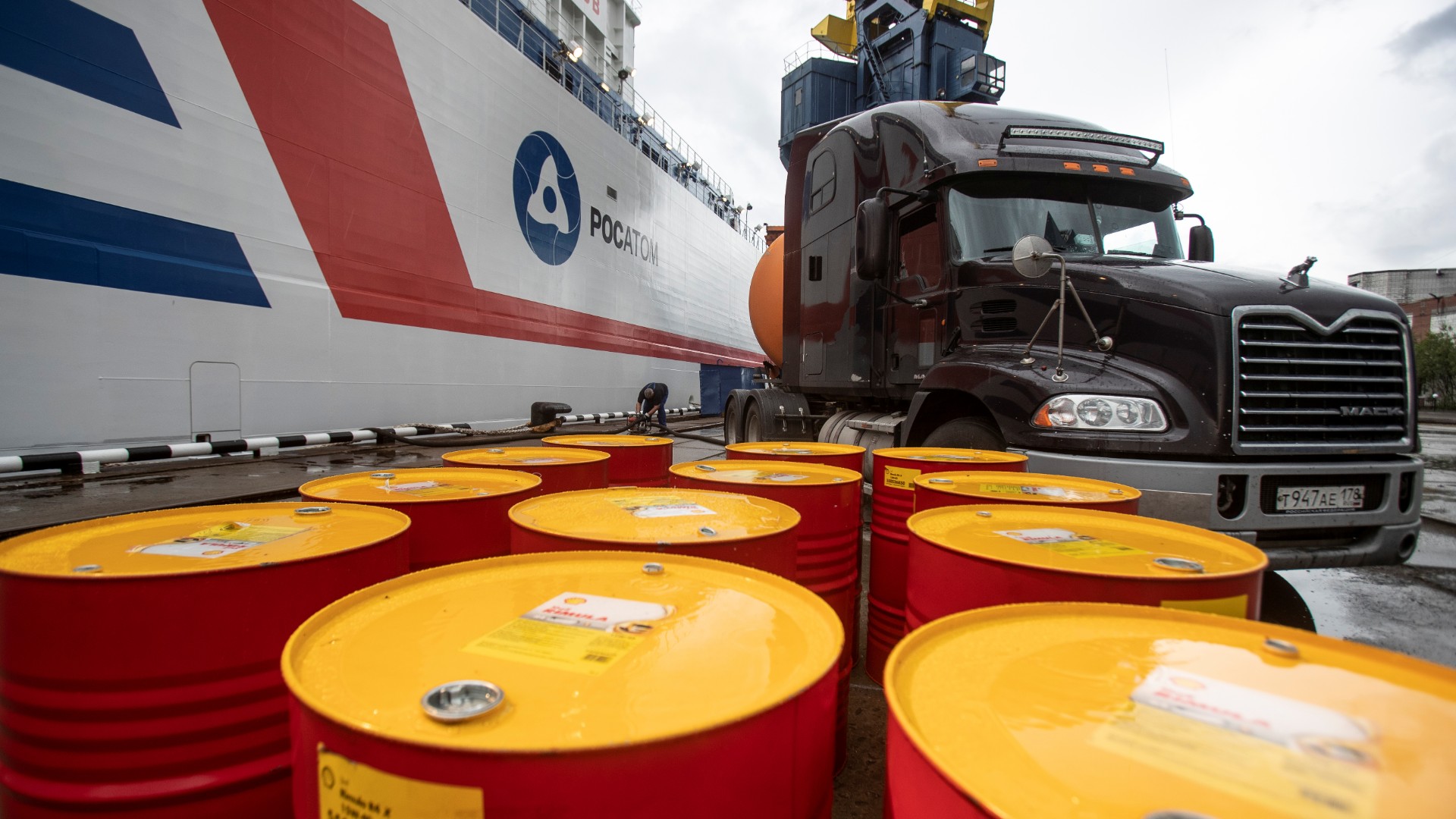
He explains how each of the transportation containers is top modern and can withstand accidents like falling or fires without breaking the tightness.
“I personally don’t worry. But any movement of vehicles is dangerous, even a car at low speed,” Andrey Zolotkov says.
Increased nuclear presence in the Arctic
“The nuclearification of Russian Arctic territories is by Moscow given highest priority for development in shipping, infrastructure and exploration of natural resources,” reads a recently published an overview (pdf) by the Barents Observer. The paper lists the increasing number of reactors in the Russian Arctic.
Since the end of the Cold War the number of nuclear-powered submarines sailing out from the Kola Peninsula has been reduced dramatically. Some 120 Cold War submarines are decommissioned and their reactors safely stored onshore in the Saida Bay on the coast of the Barents Sea.
From now, their numbers are again increasing.
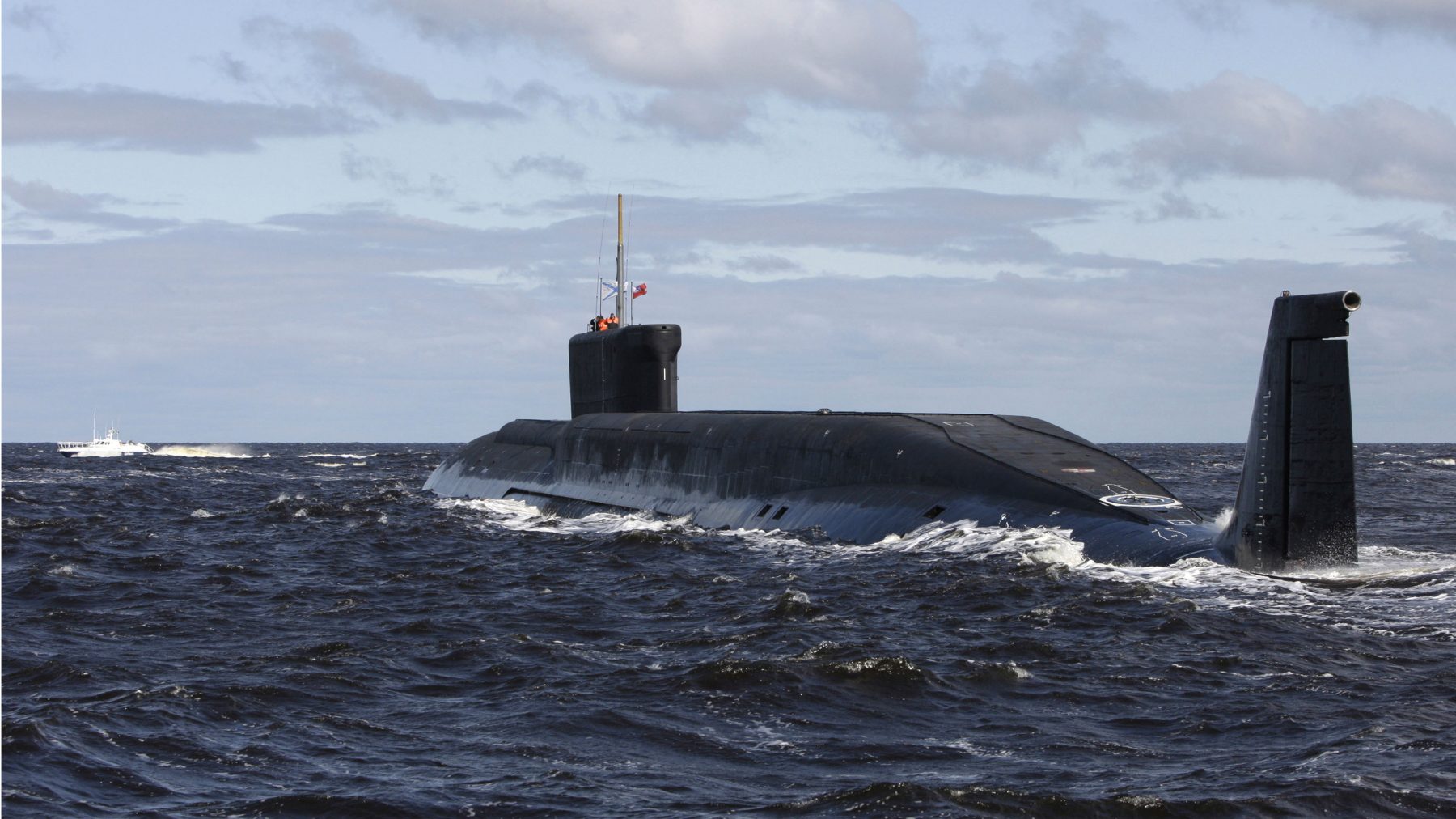
According to the list there are 39 nuclear-powered vessels or installations in the Russian Arctic today with a total of 62 reactors. This includes 31 submarines, one surface warship, five icebreakers, two onshore and one floating nuclear power plants.
Looking 15 years ahead, the number of ships, including submarines, and installations powered by reactors is estimated to increase to 74 with a total of 94 reactors, maybe as many as 114. Additional to new icebreakers and submarines already under construction, Russia is brushing dust off older Soviet ideas of utilizing nuclear-power for different kind of Arctic shelf industrial developments, like oil- and gas exploration, mining and research.
Also, existing icebreakers and submarines get life-time prolongation. The average age of the Northern Fleet’s nuclear-powered submarines has never been older than today. Several of the submarines built in the 1980s will continue to sail the Barents Sea and under the Arctic ice-cap until the late 2020s.
Military secrecy
The paper lists the new multi-purpose and ballistic missile submarines currently under construction in Severodvinsk. It does also highlights the new nuclear weapons delivery systems powered by small nuclear reactors, like the Burevestnik missile and Poseidon underwater drone. The missile explosion in the White Sea in early August that caused a spike in radiation shows how much secrecy such new weapons are developed under.
Russia’s Arctic region is a main testing areas for new nuclear technology.
Related stories from around the North:
Canada: Community in northern Quebec to make the jump from diesel to hydroelectricity, CBC News
Finland: Nuclear waste company plans major investment at disposal site in southwest Finland, Yle News
Norway: Traces of radioactive iodine detected near Norway-Russia border, The Independent Barents Observer
Russia: Floating nuclear power plant will be key to Northern Sea Route, Russia’s Rosatom says, The Independent Barents Observer
Sweden: Environmentalists praise ruling on nuclear waste site in Sweden, Radio Sweden
United States: Russia’s floating nuclear power plant worries Alaskans, Alaska Public Media

